Montessori Balance Beam for Kids
Montessori Balance Beam for Kids
Discover the enchanting world of balance and grace with our specially crafted balance beams designed to captivate the imaginations of kids while enhancing their physical coordination and confidence.
- Help your child to develop coordination and a sense of balance
- Available in 2 shapes: "zig-zag" or "straight"
- For kids from 1 to 6 years old.
Discover the enchanting world of balance and grace with our specially crafted balance beams designed to captivate the imaginations of kids while enhancing their physical coordination and confidence.
- Help your child to develop coordination and a sense of balance
- Available in 2 shapes: "zig-zag" or "straight"
- For kids from 1 to 6 years old.
Couldn't load pickup availability

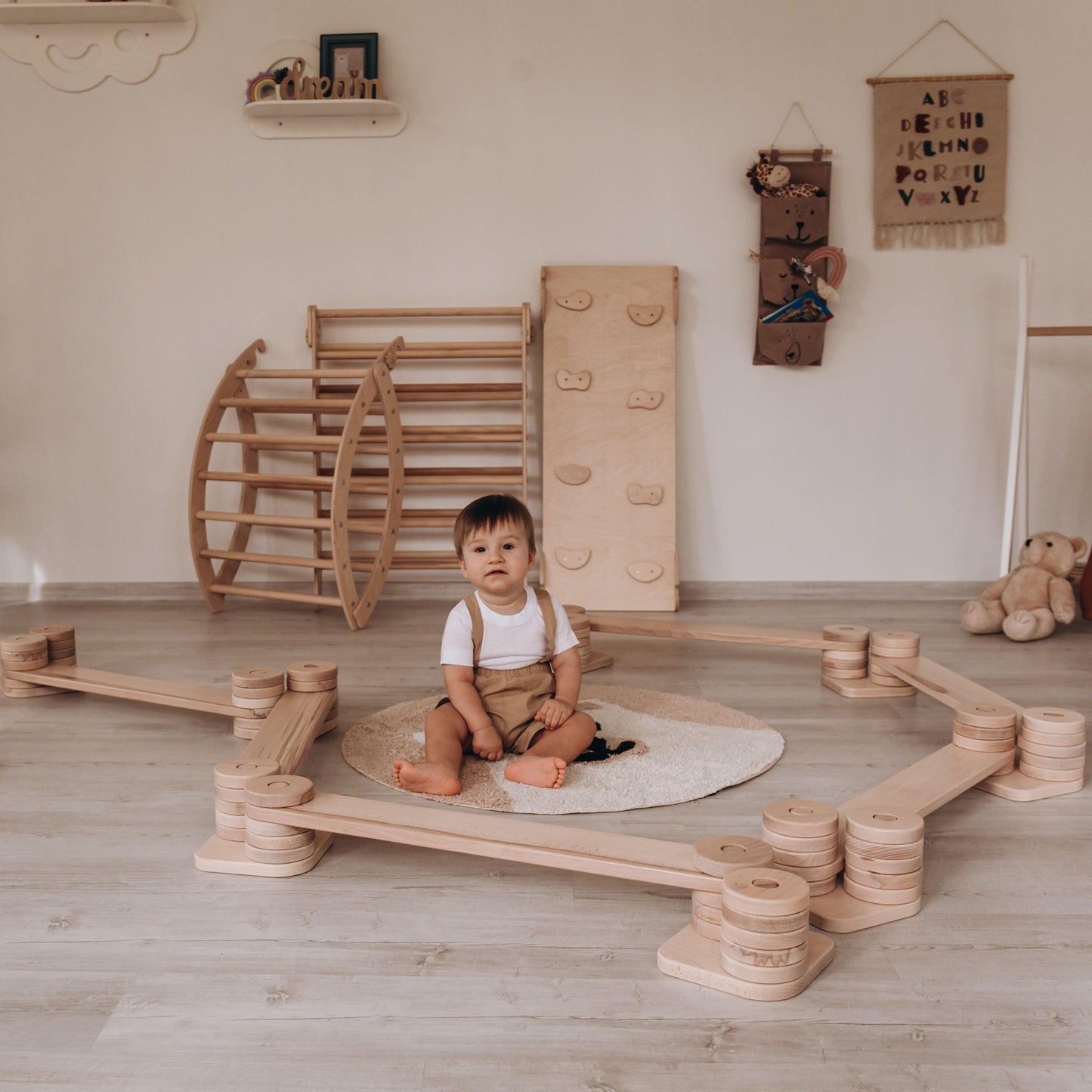
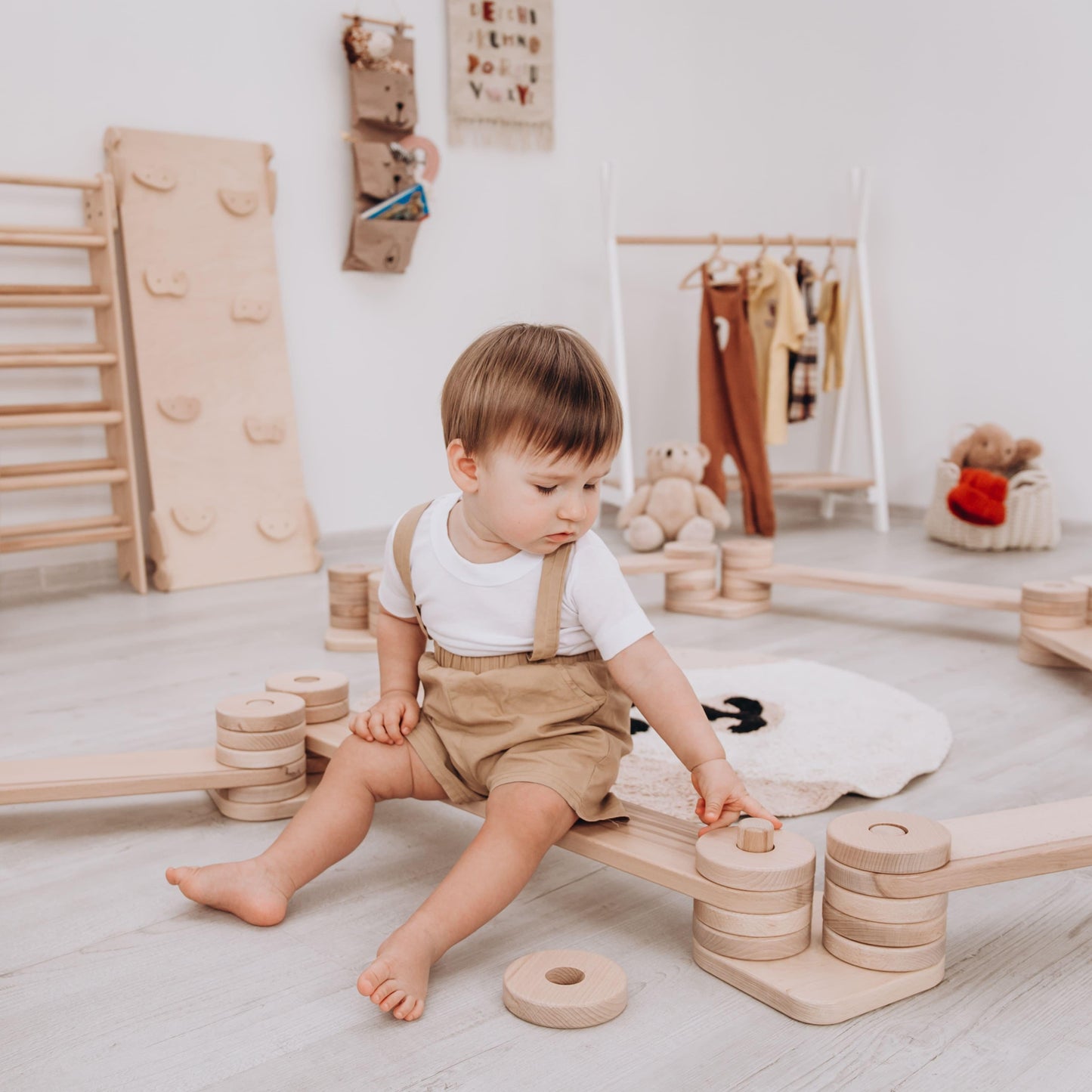
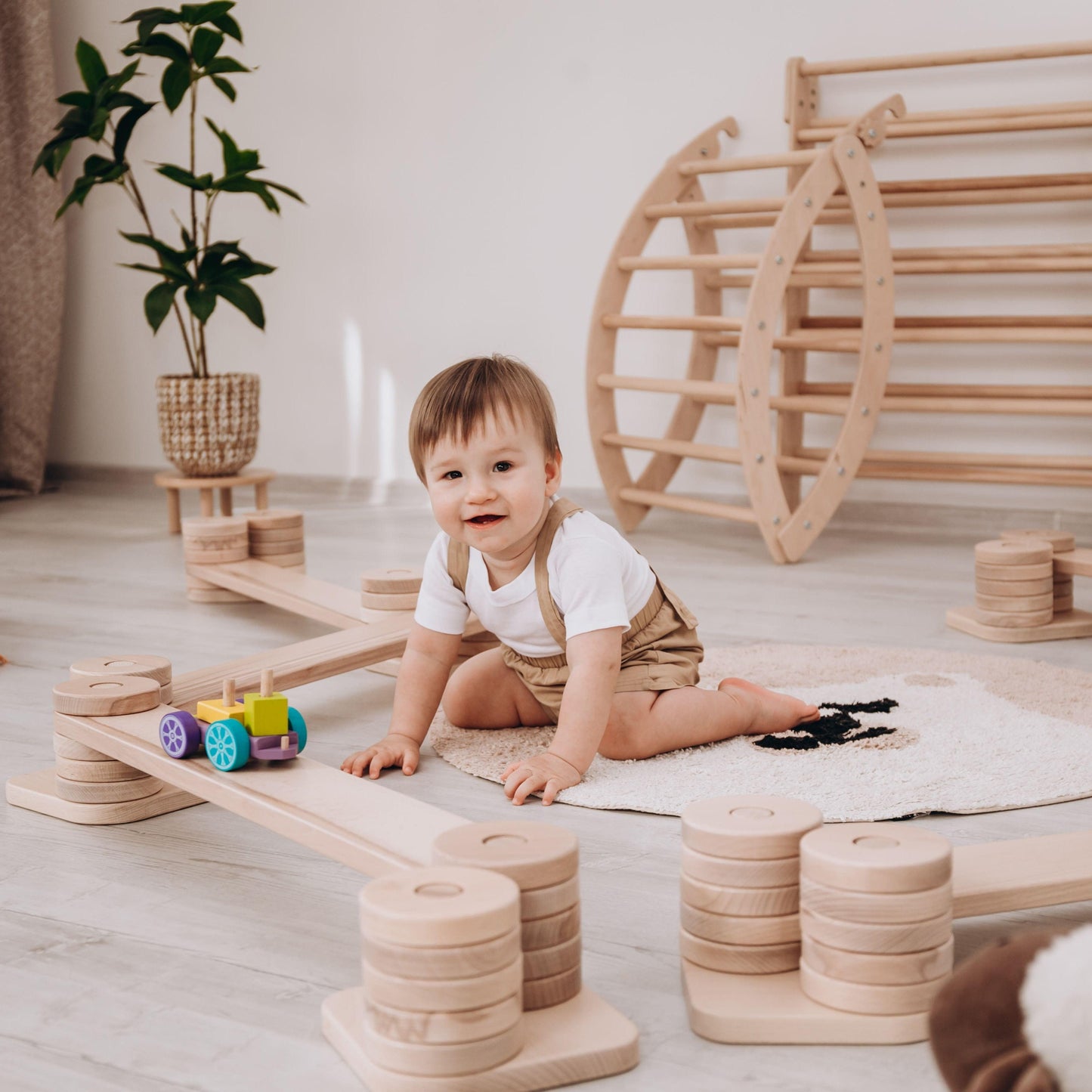
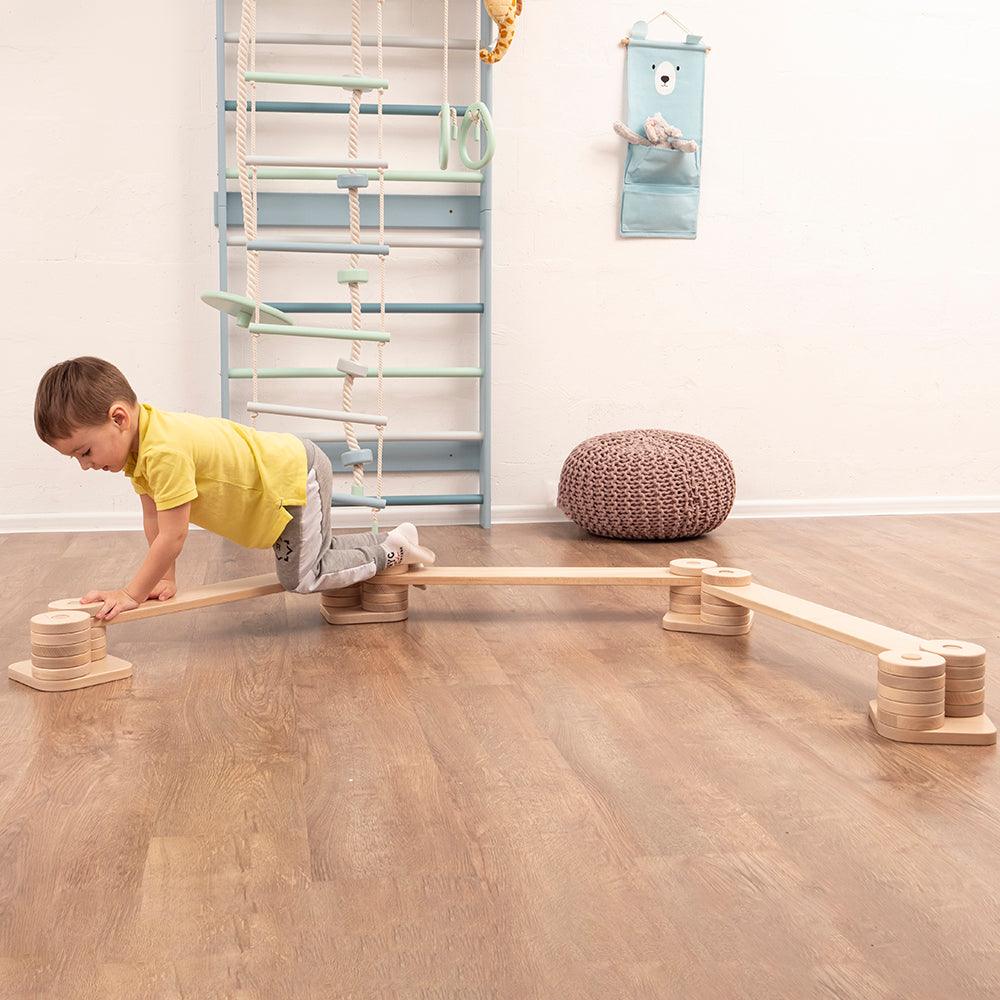
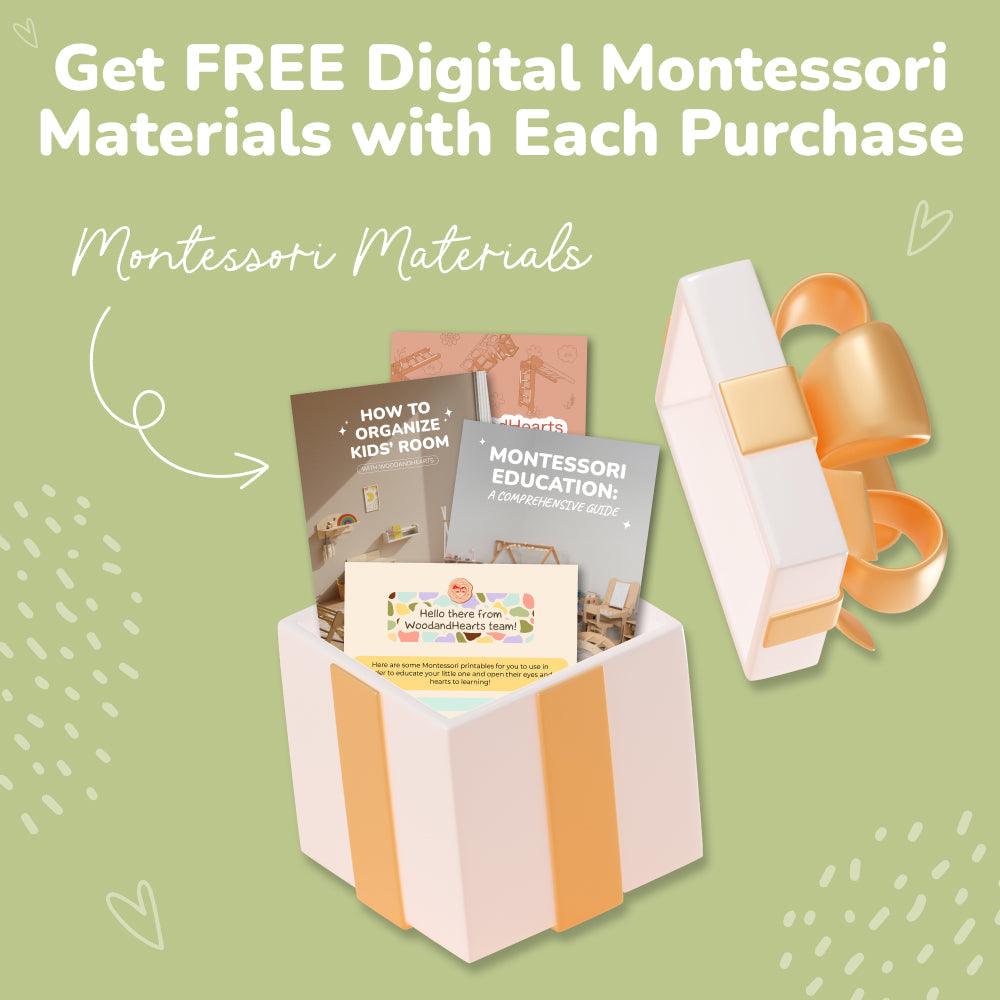
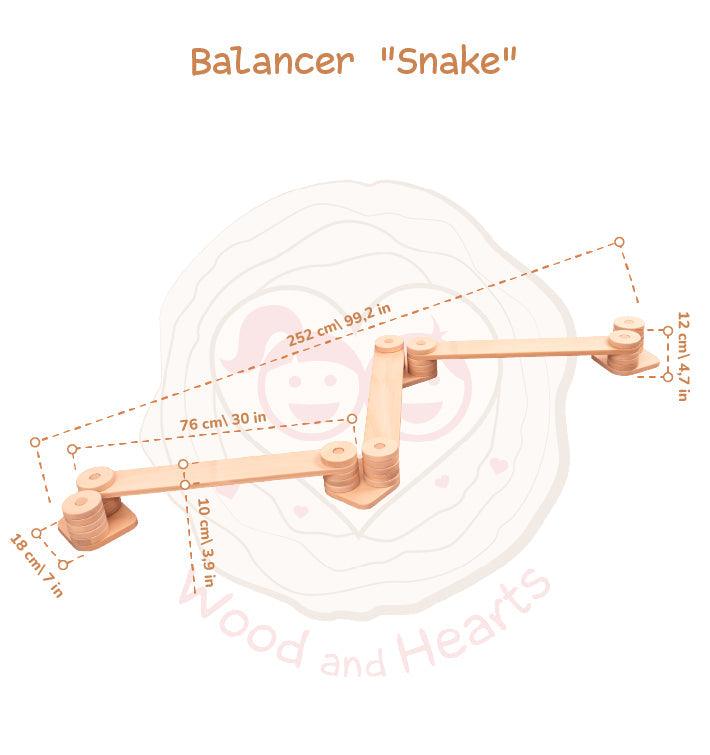
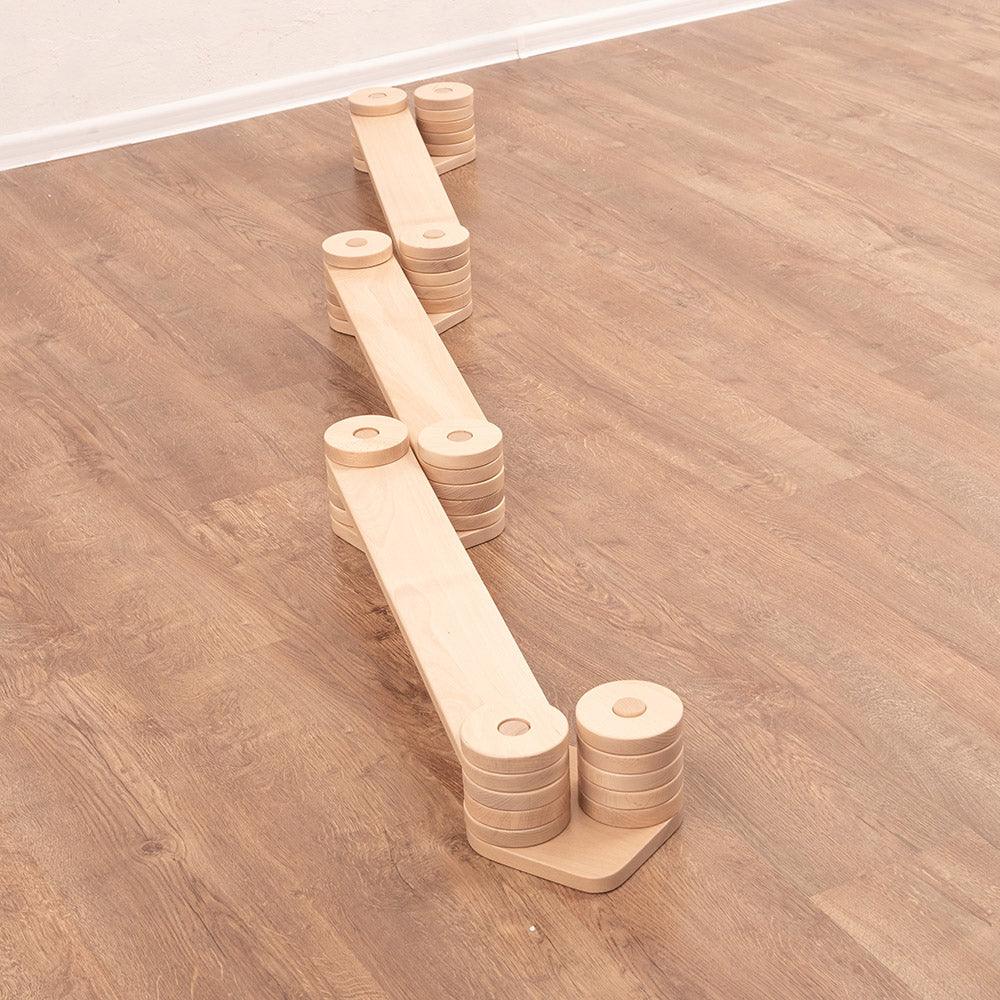

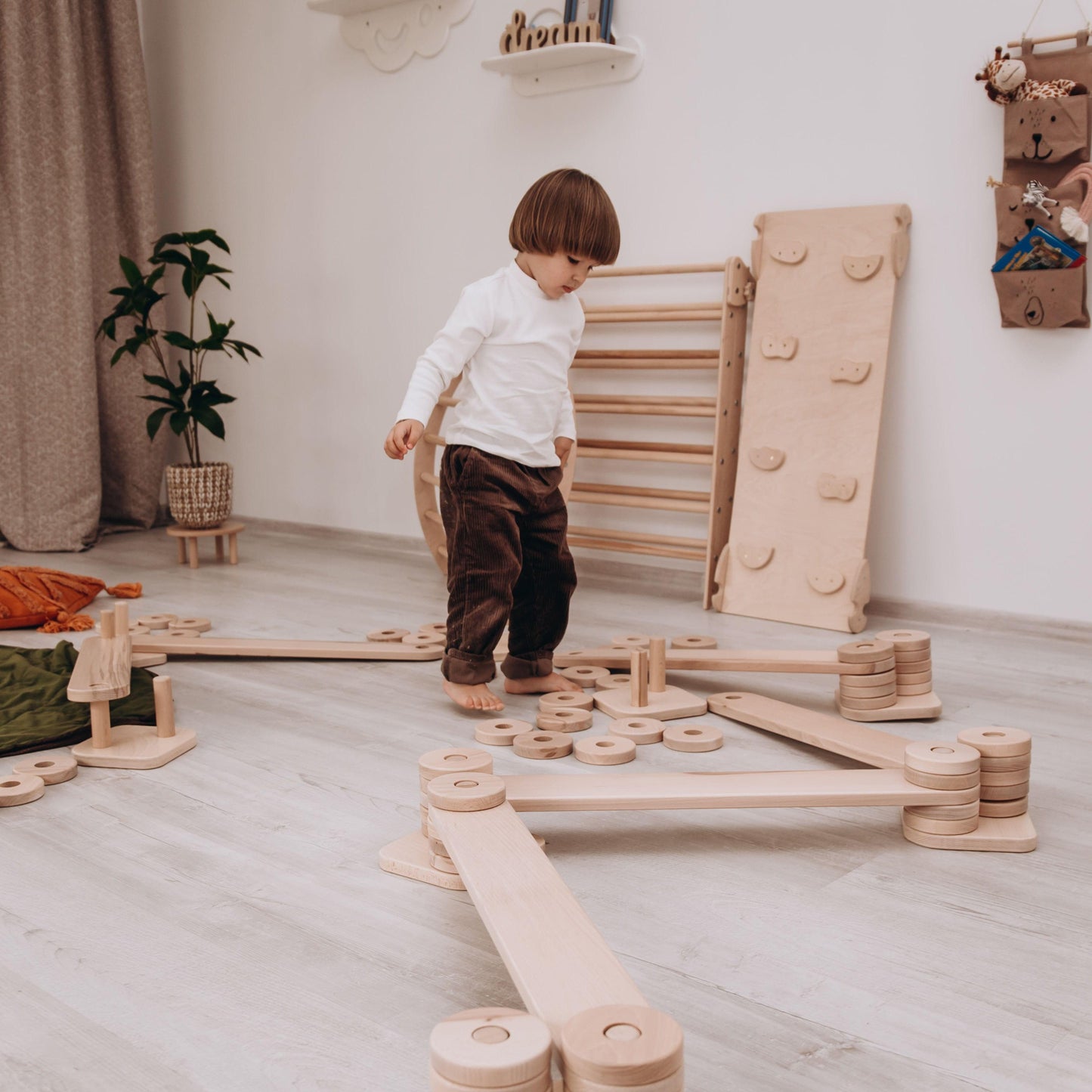


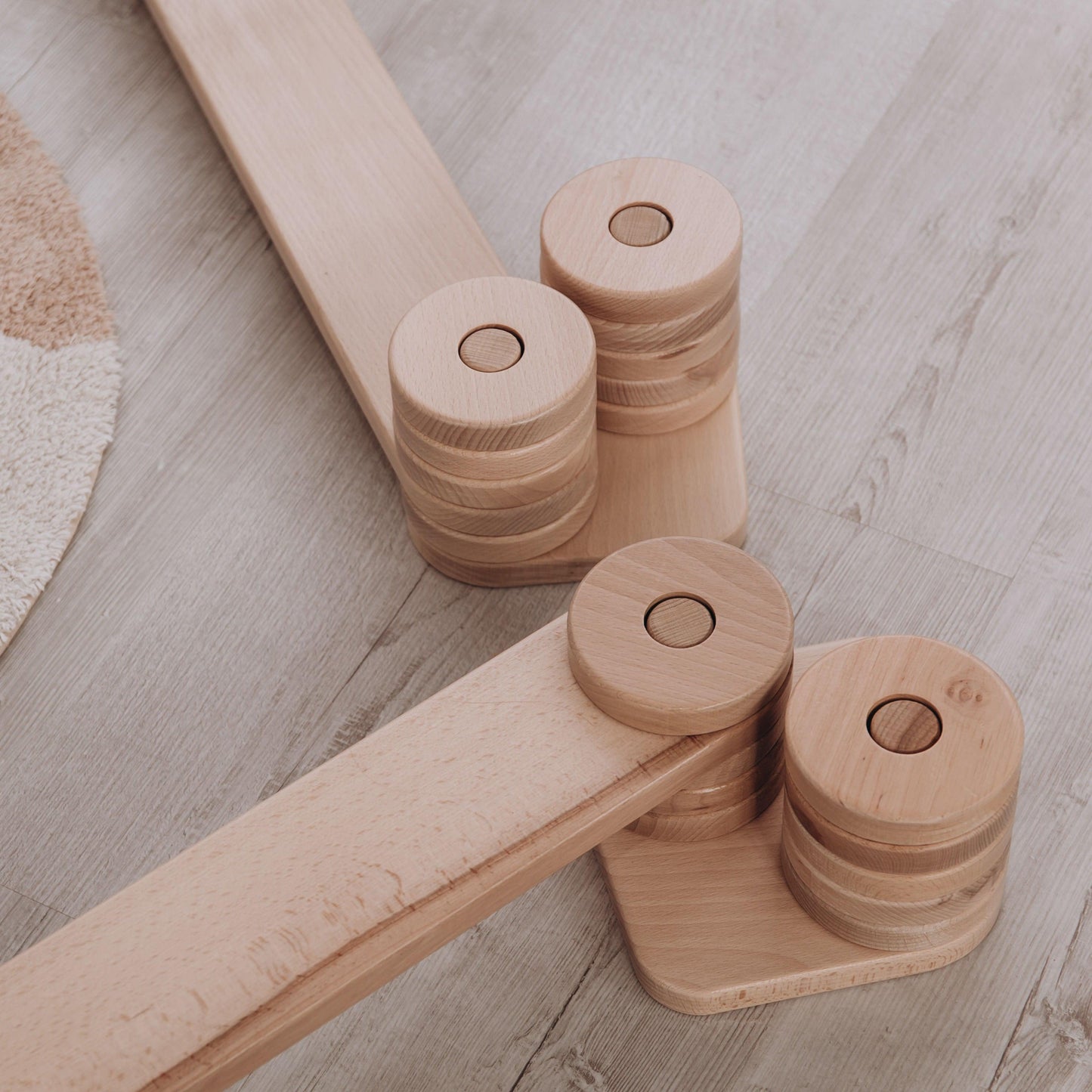

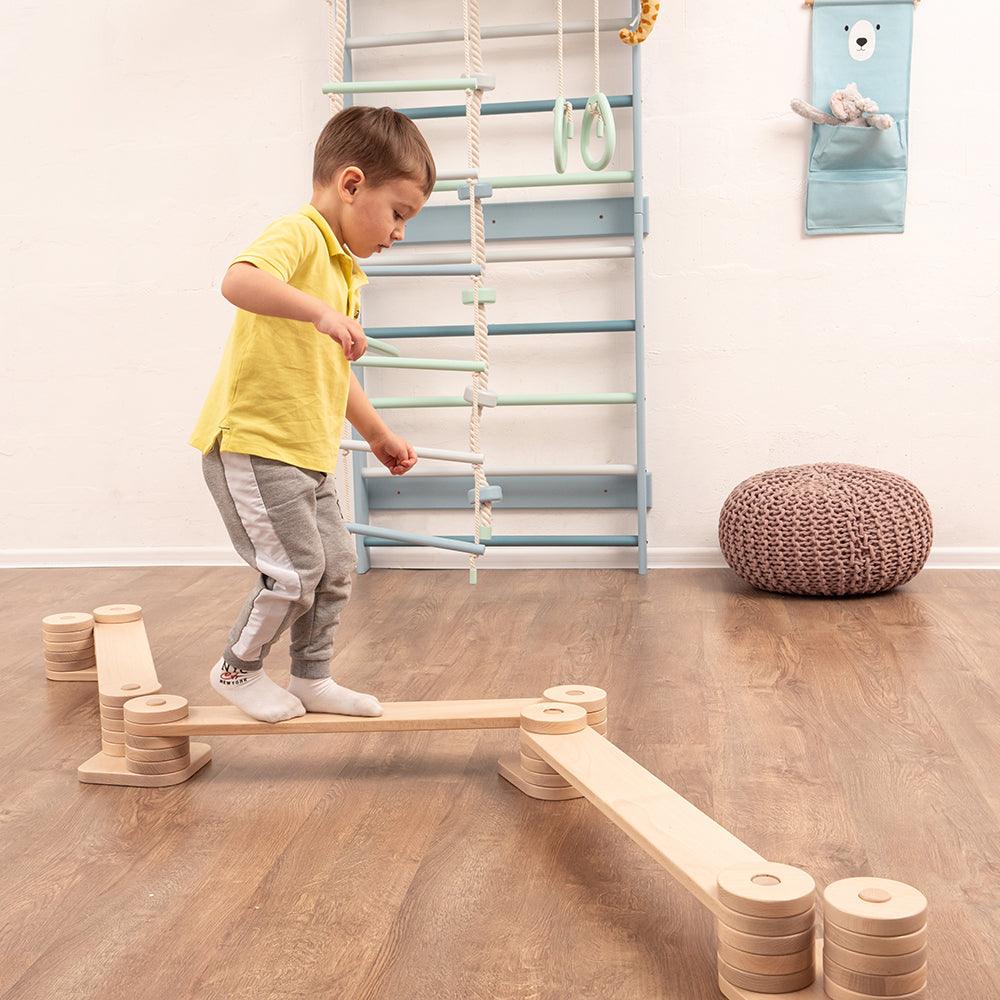
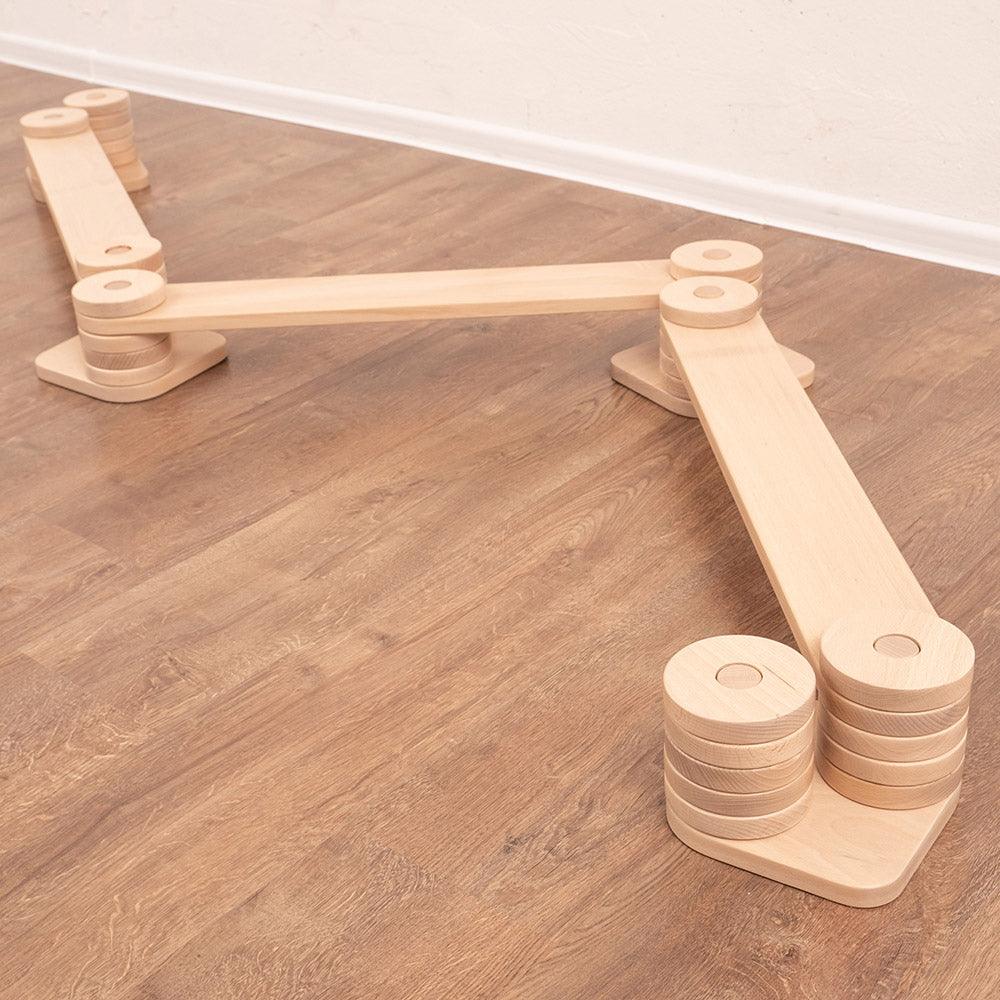
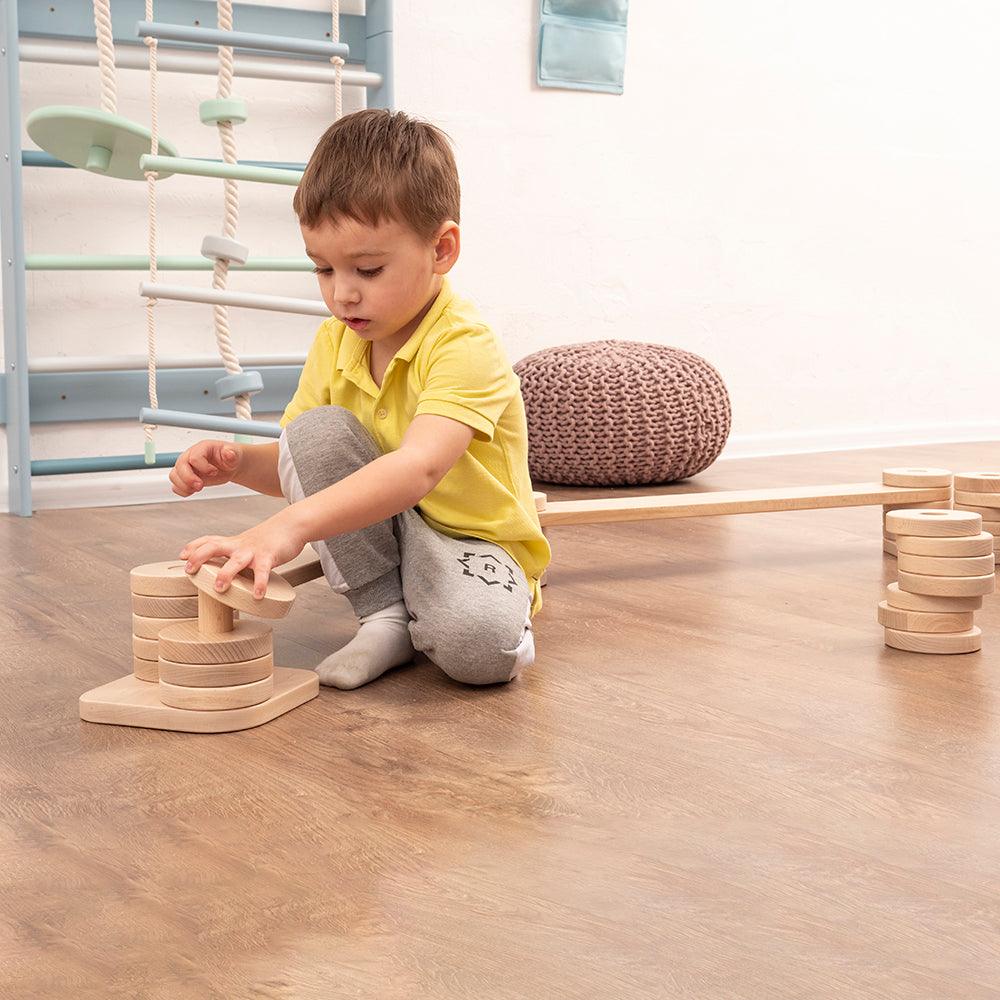
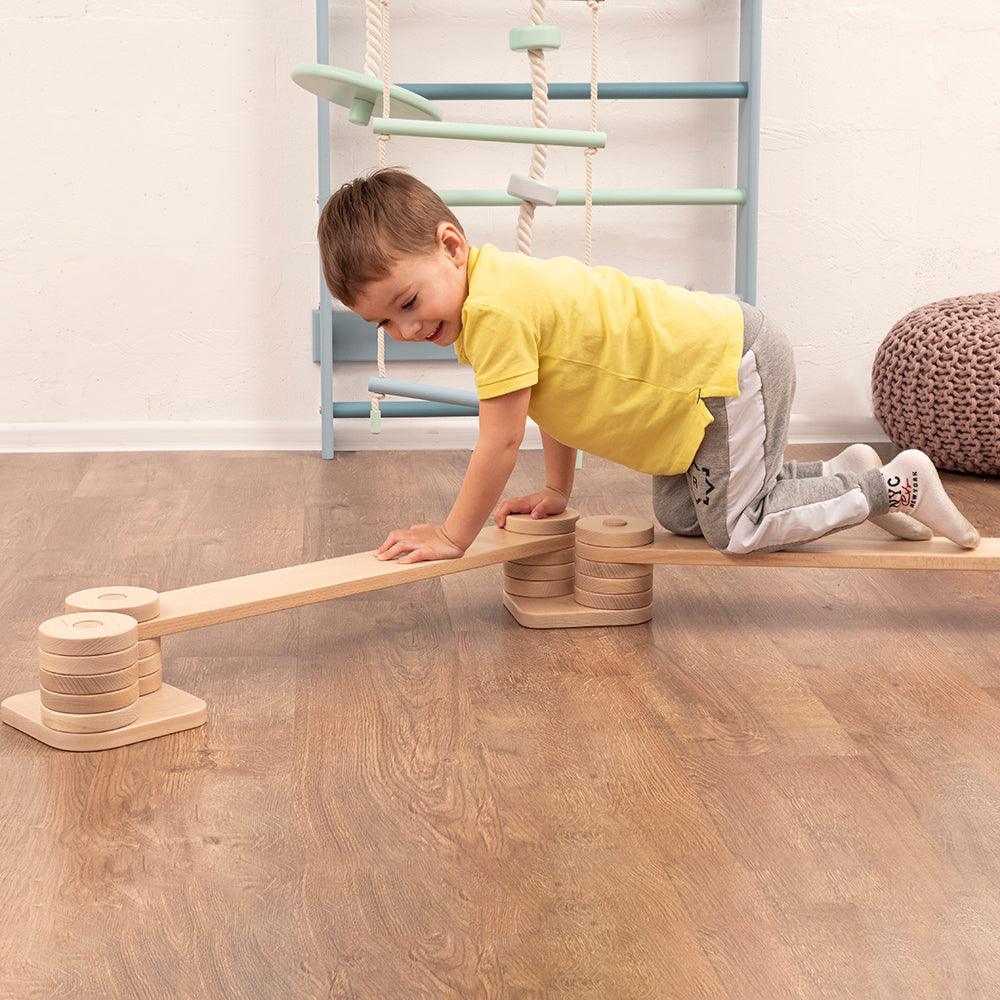
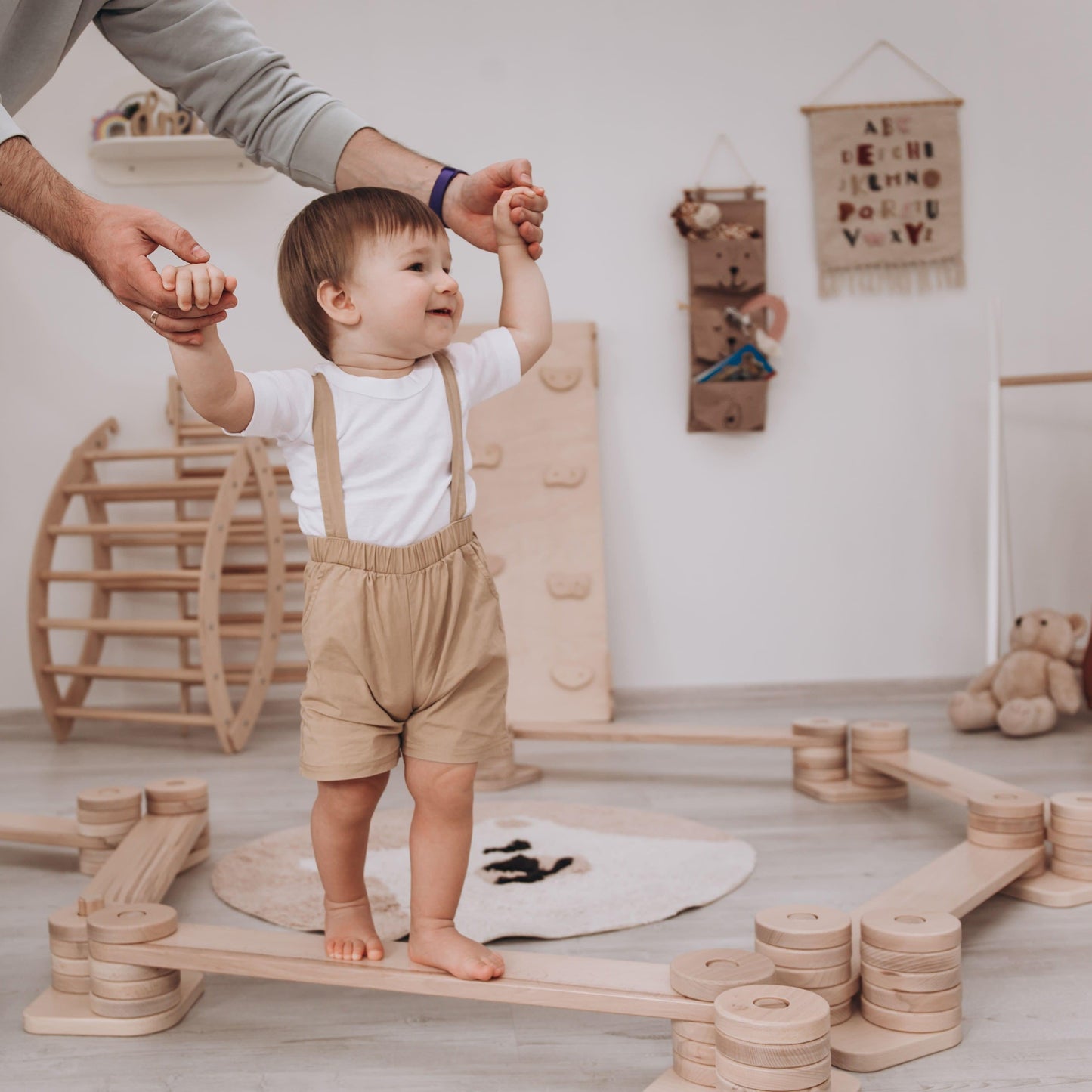

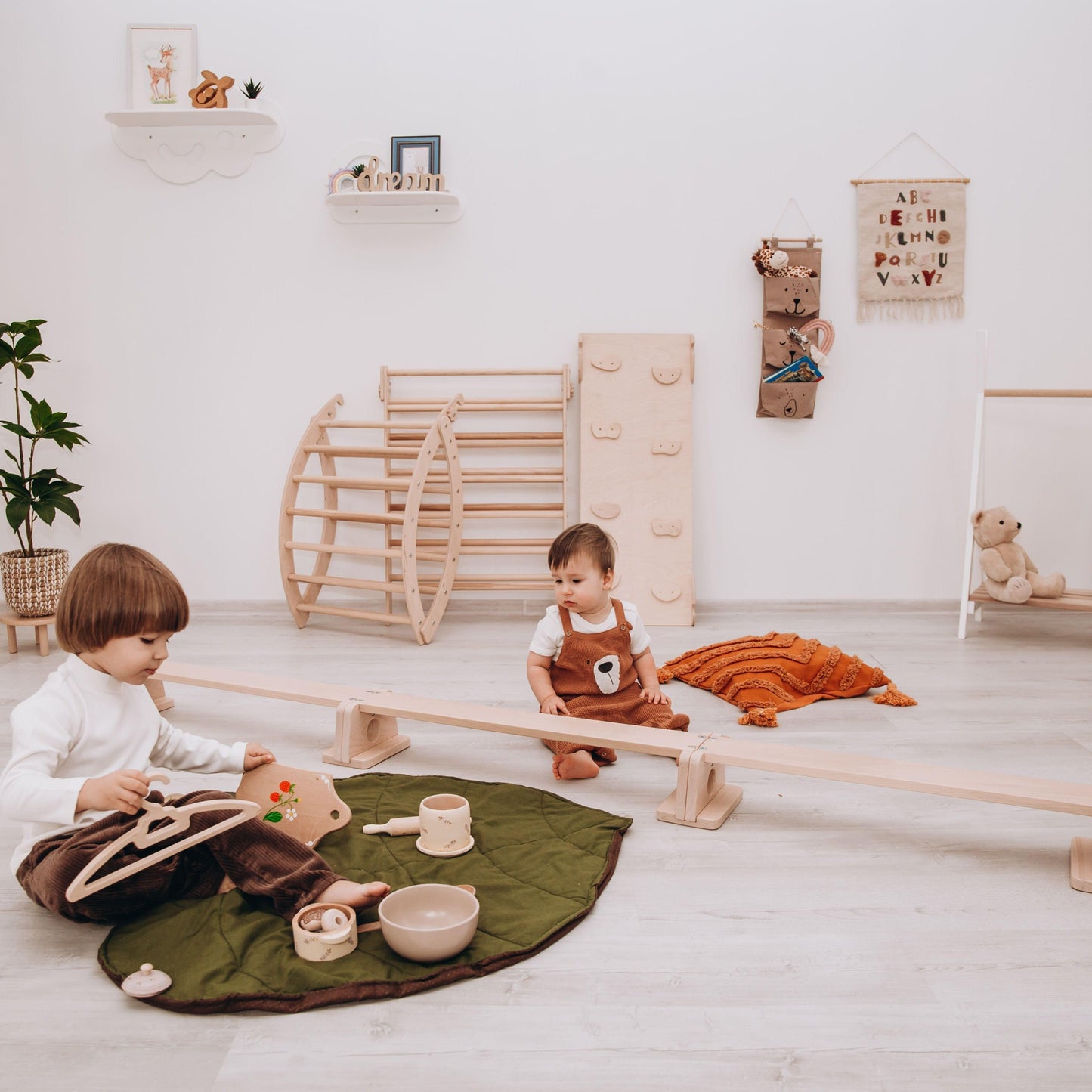
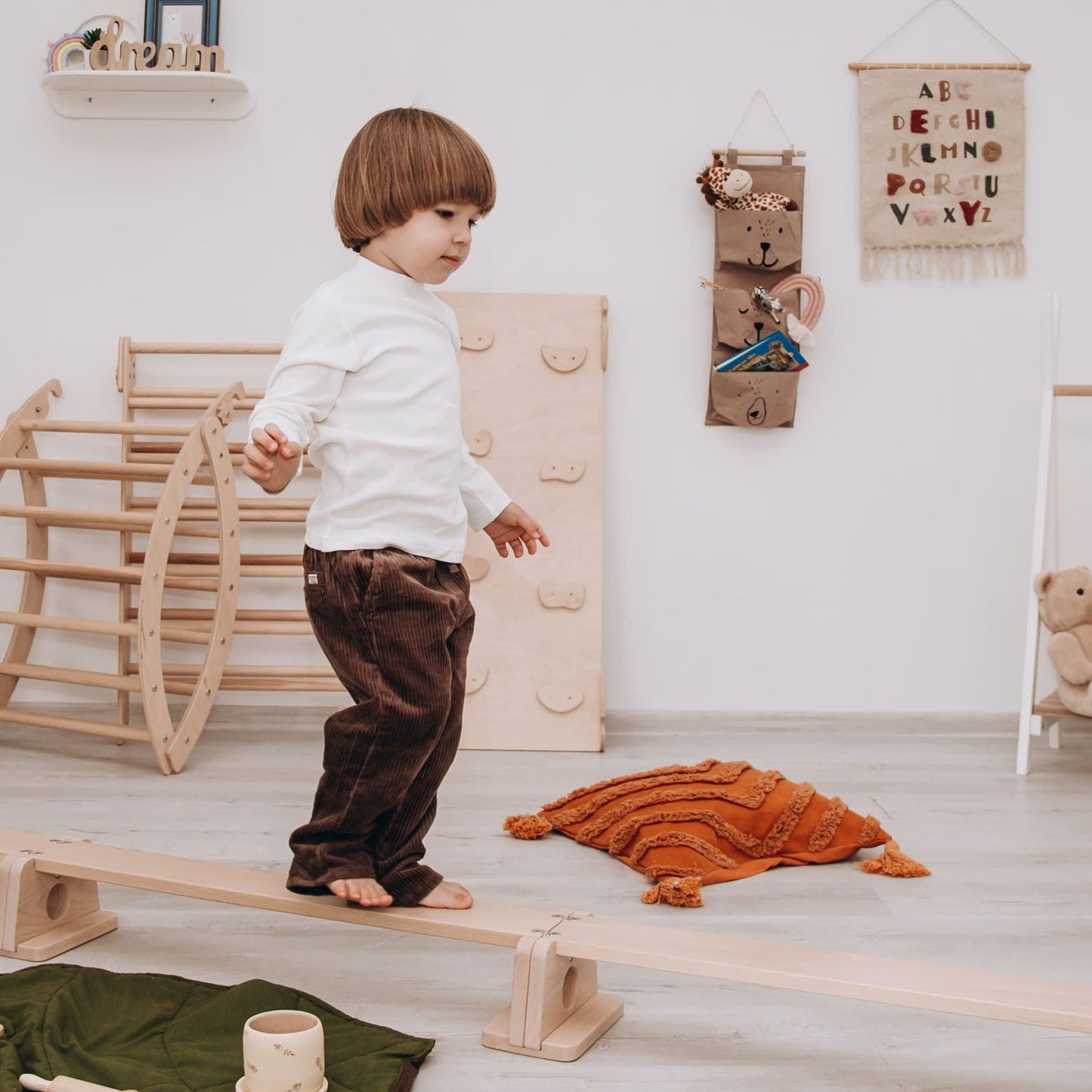
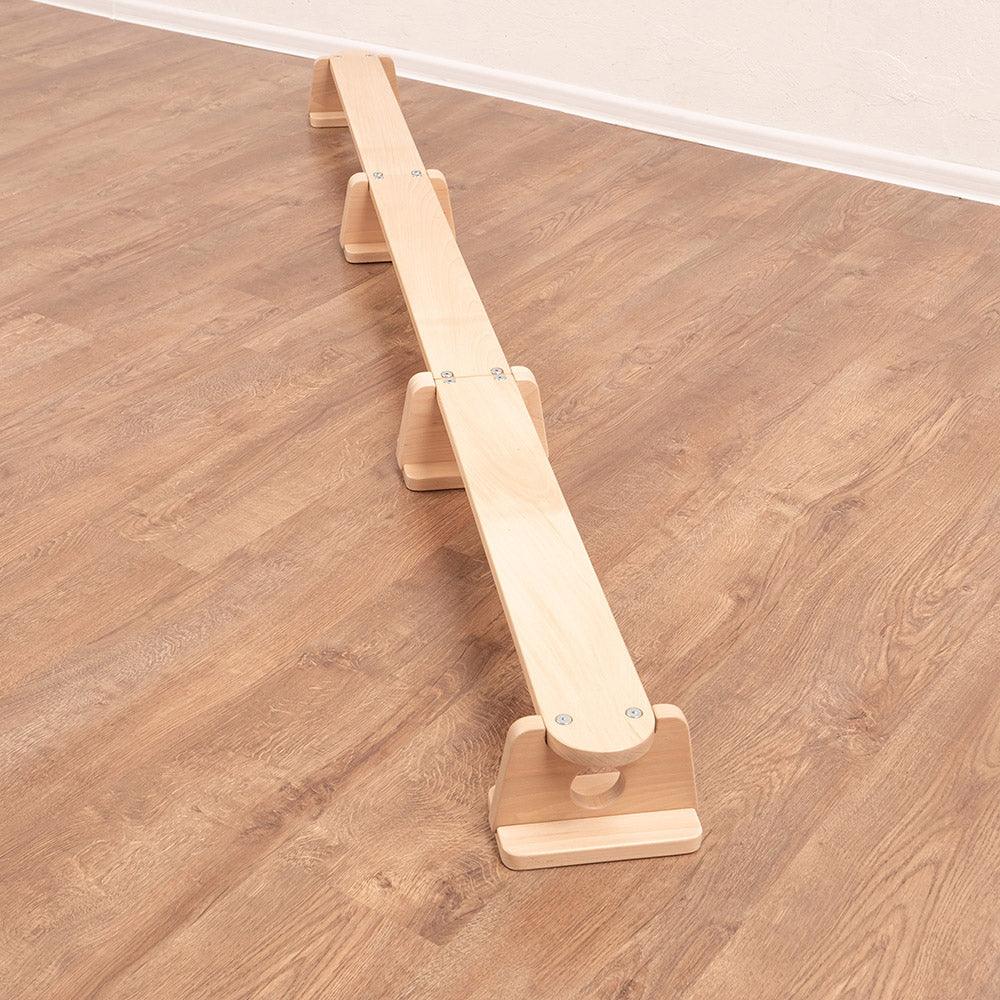
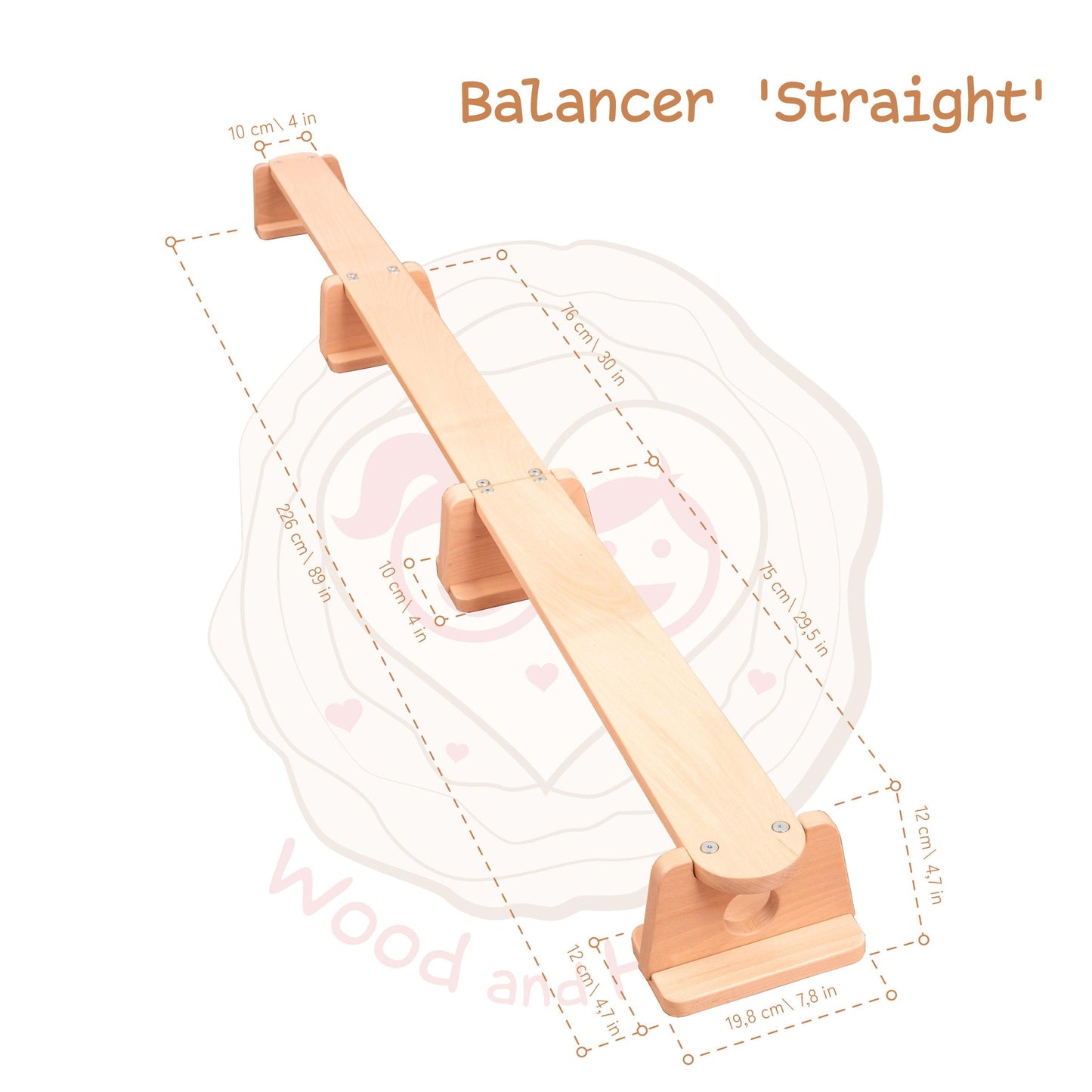
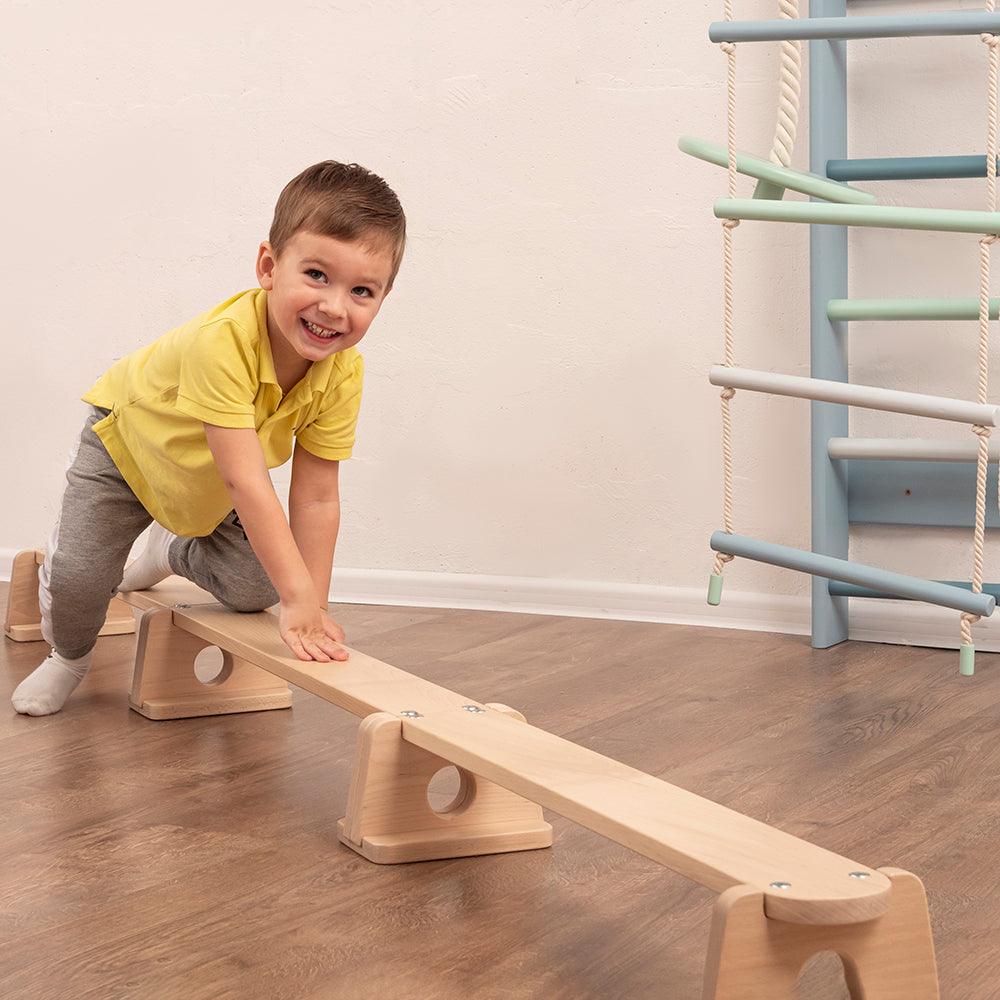
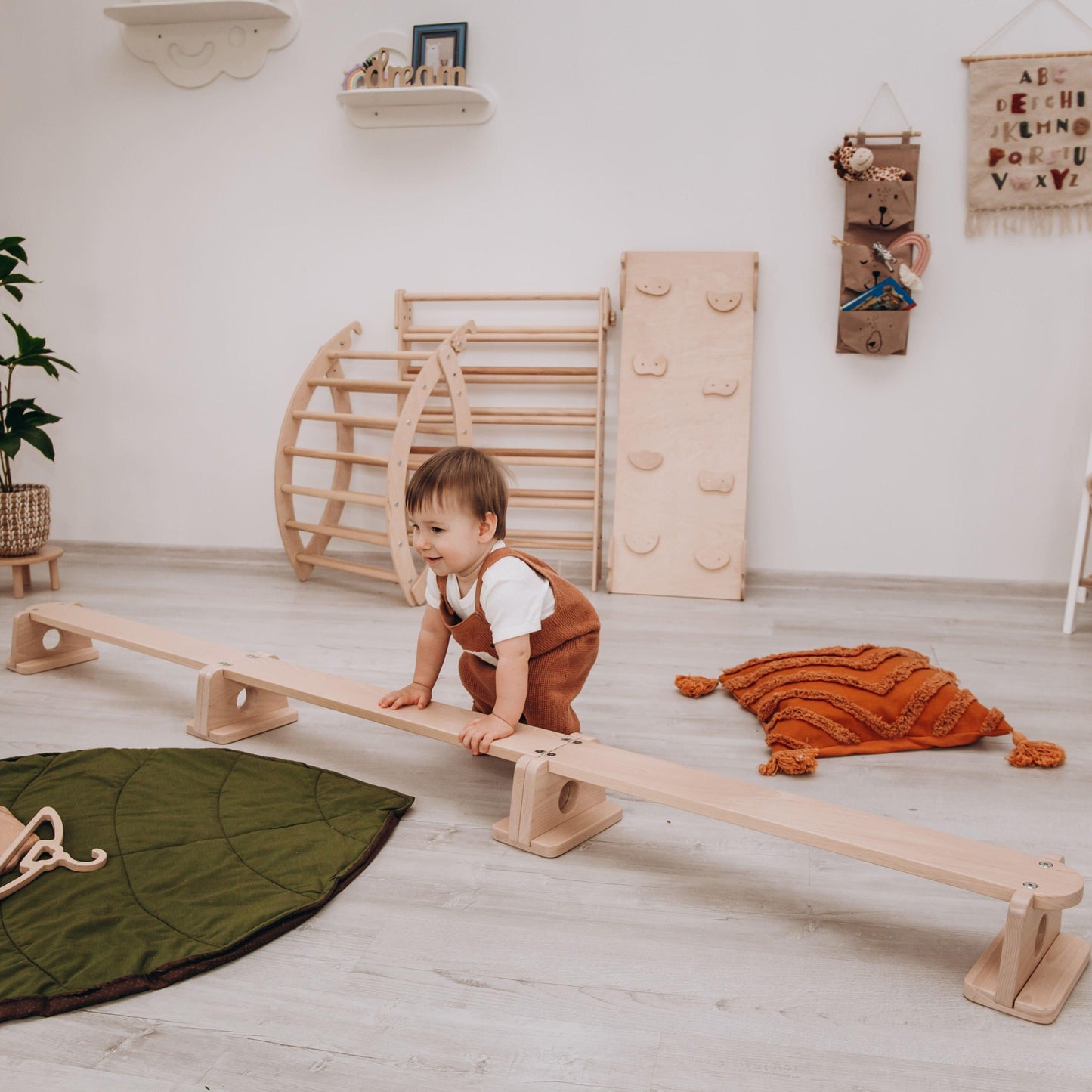
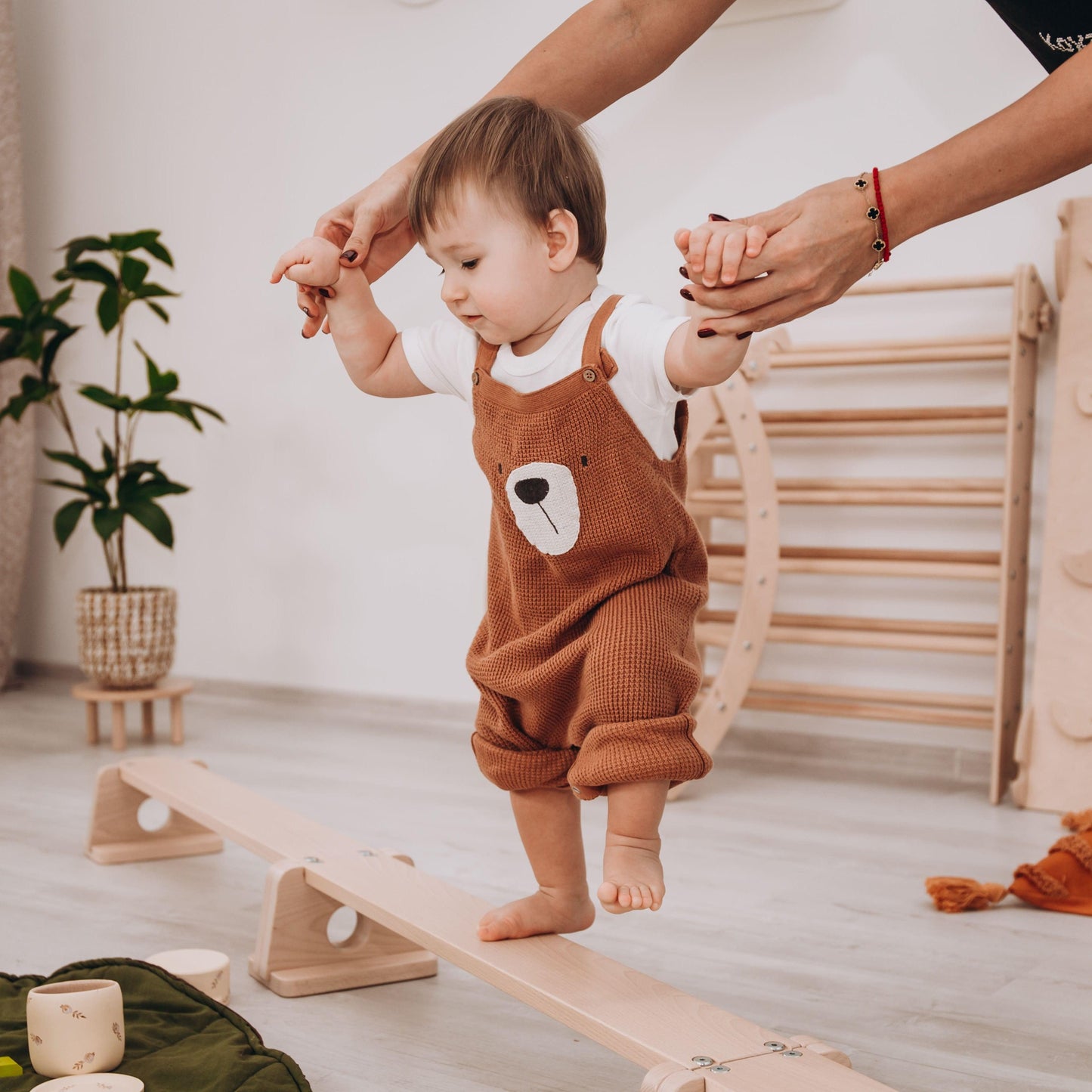
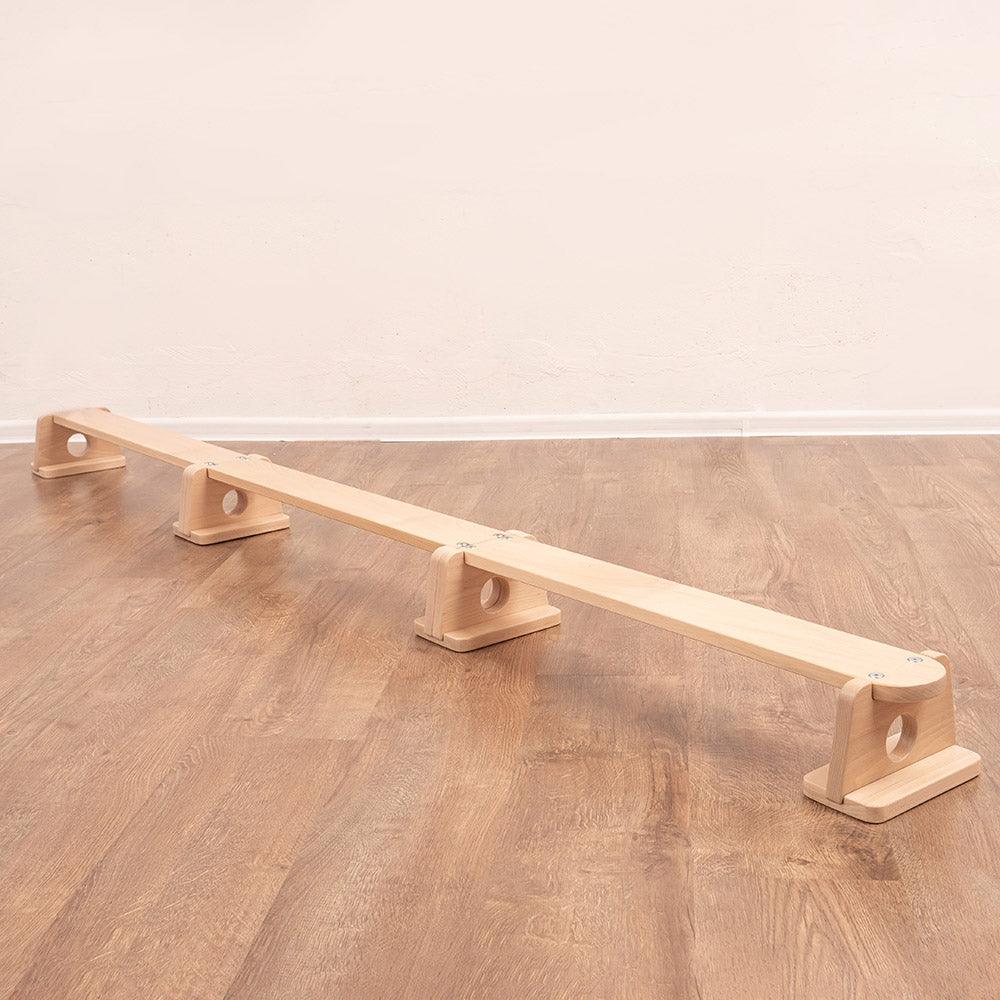
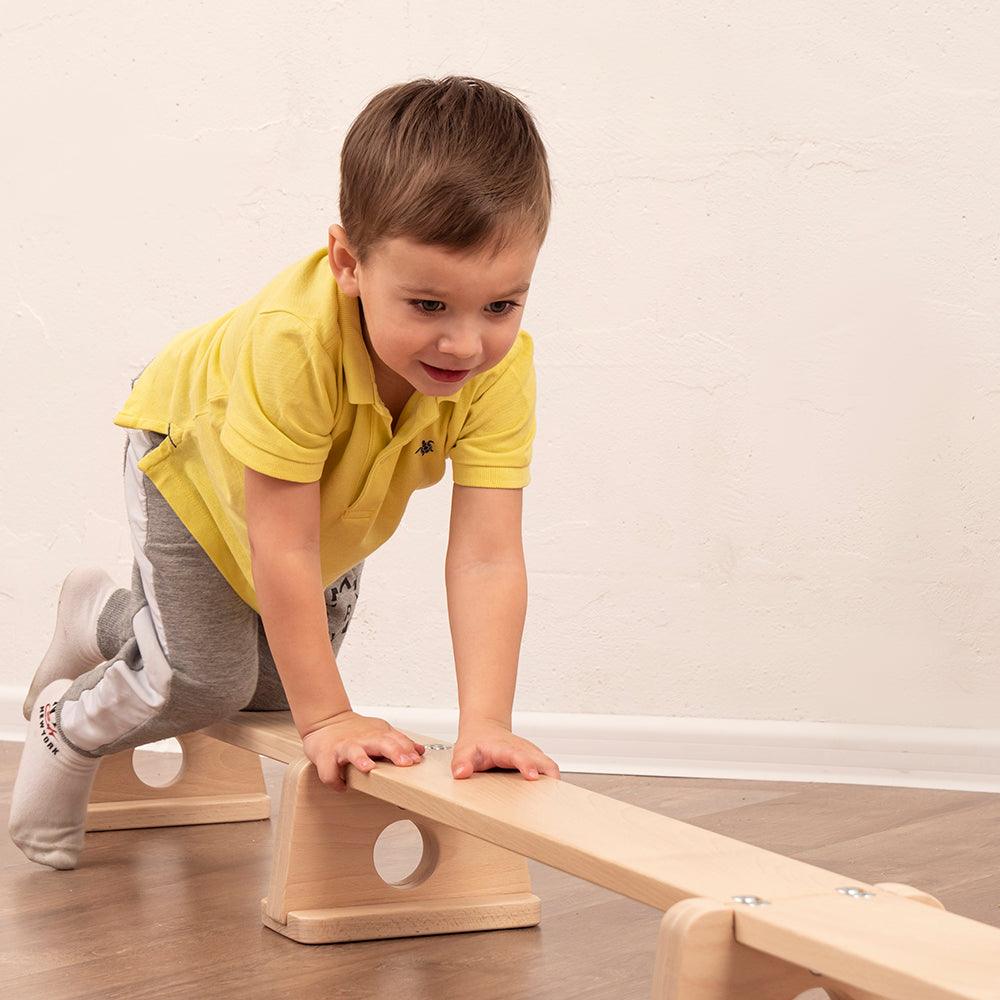
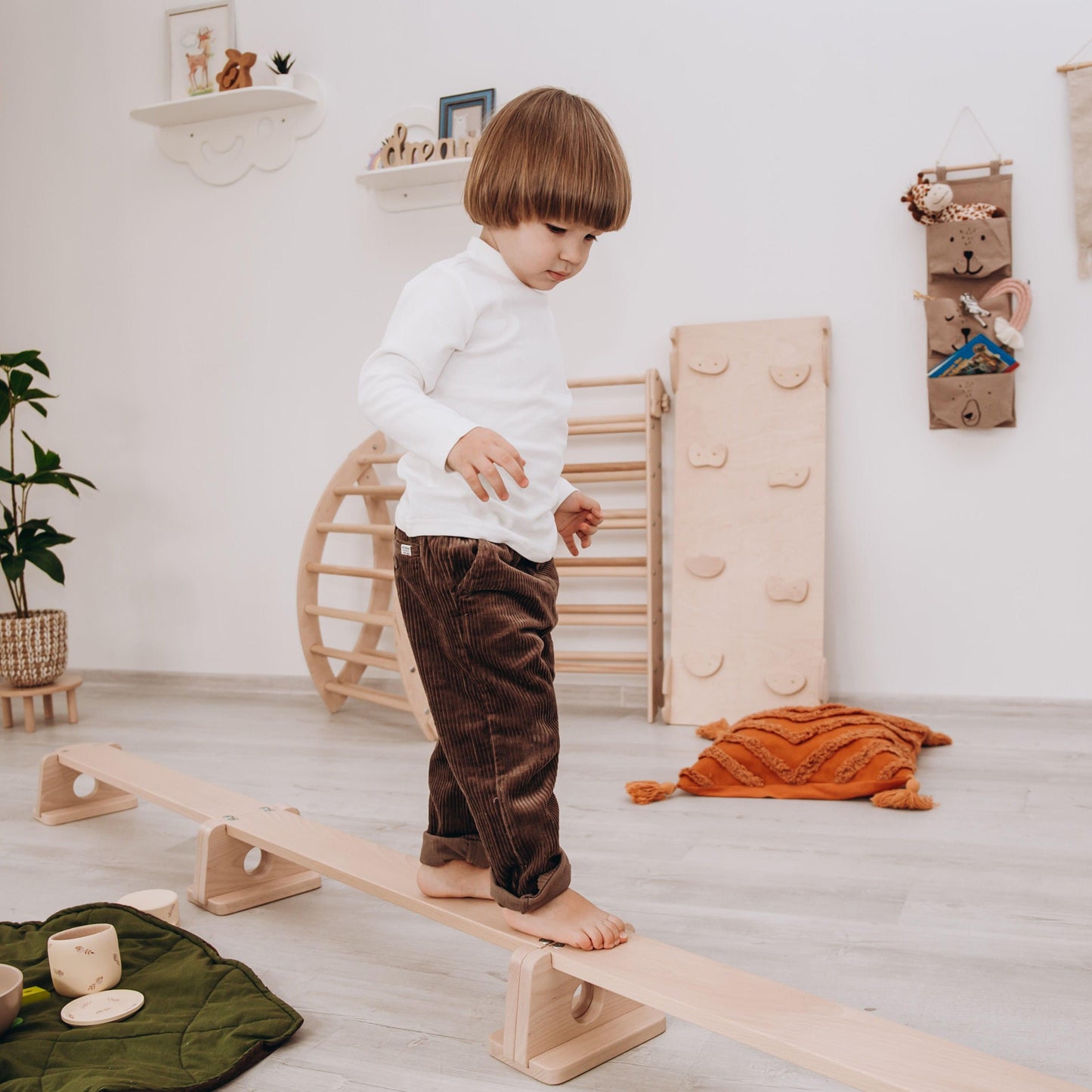

Montessori Balance Beam for Kids
What Is a Balance Beam for Kids?
Our wooden balance beam for kids is a specially crafted, sturdy platform made from high-class polished birch plywood, designed to promote physical coordination and balance skills.
It offers a safe and enjoyable space for young adventurers to develop their motor skills, boost self-assurance, and engage in imaginative play while navigating its smooth surface.
Benefits of balancing
A balance board engages kids in enjoyable activities while improving balance, and coordination, Engaging with a balance beam offers children a spectrum of developmental advantages.

It significantly enhances their physical and cognitive growth by refining balance, coordination, and core strength, ultimately enhancing posture and body control. Moreover, it cultivates a keen sense of spatial awareness and proprioception, which is vital for various physical activities.
Additionally, the interactive nature of the balance beam cultivates creativity, imagination, and social interaction, playing a pivotal role in fostering emotional maturation.
Playful Adventures on the Balance Beam
On a balance beam, kids can explore a realm of exciting activities and games.
They can engage in imaginative role-playing, practicing walking forwards and backward, or even trying dynamic moves like jumps and spins.
It's a canvas for creativity, encouraging "balance tag" games and challenging each other to navigate its length with flair.
Blog posts
View all-
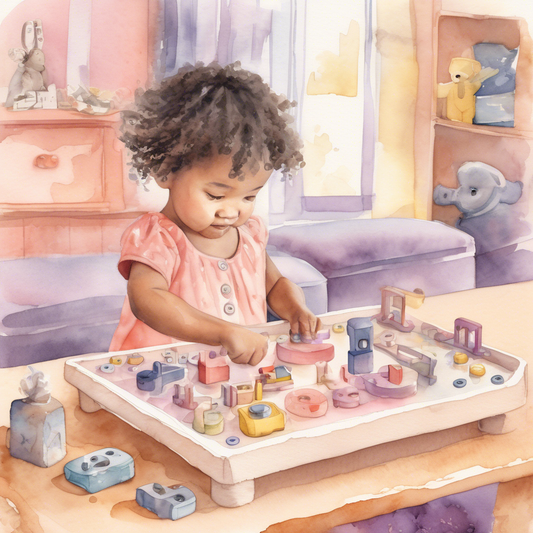
10 Ways to Use a Montessori Busy Board That Most Parents Don't Know About
Most parents purchase busy boards for their obvious benefits: fine motor development, concentration practice, and independent play. Yet the potential of these versatile learning tools extends far beyond these basic...
10 Ways to Use a Montessori Busy Board That Most Parents Don't Know About
Most parents purchase busy boards for their obvious benefits: fine motor development, concentration practice, and independent play. Yet the potential of these versatile learning tools extends far beyond these basic...
-
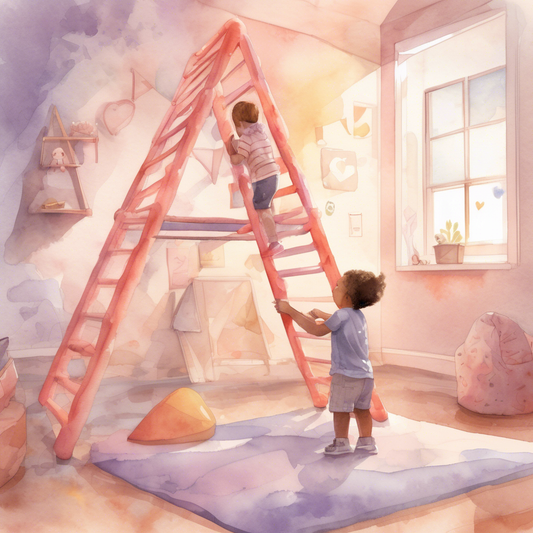
Pikler Triangle Safety Guide: Age Recommendations and Setup Tips for Different Developmental Stages
This simple wooden climbing frame supports a fundamental principle of healthy development: children need freedom of movement and opportunities for self-initiated physical challenges.
Pikler Triangle Safety Guide: Age Recommendations and Setup Tips for Different Developmental Stages
This simple wooden climbing frame supports a fundamental principle of healthy development: children need freedom of movement and opportunities for self-initiated physical challenges.
-
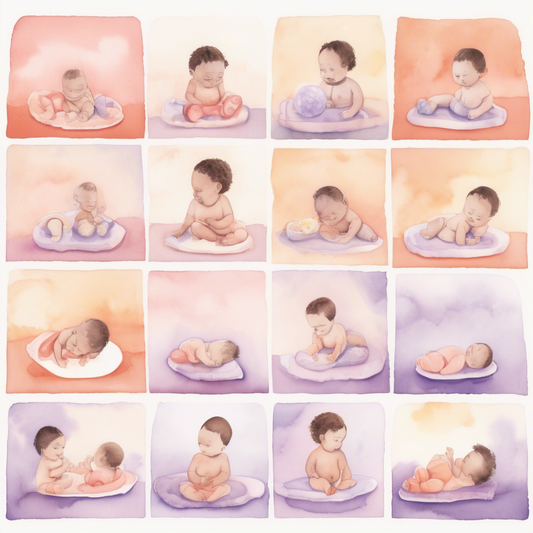
Sensitive Periods in Infant Development: The Critical Windows for Introducing Different Types of Play
For parents, understanding these sensitive periods provides a powerful framework for introducing appropriate play materials and experiences at precisely the right developmental moments.
Sensitive Periods in Infant Development: The Critical Windows for Introducing Different Types of Play
For parents, understanding these sensitive periods provides a powerful framework for introducing appropriate play materials and experiences at precisely the right developmental moments.
-
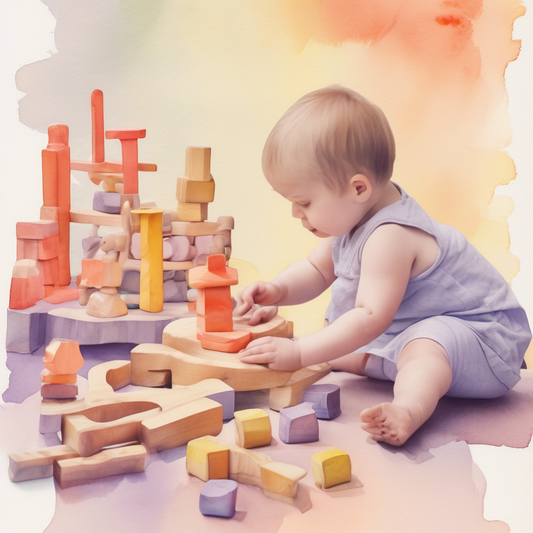
The Neuroscience Behind Wooden Toys: How Natural Materials Impact Brain Development
In a world increasingly dominated by plastic, electronic toys with flashing lights and automated sounds, a quiet revolution is taking place in child development circles. Research in neuroscience and developmental...
The Neuroscience Behind Wooden Toys: How Natural Materials Impact Brain Development
In a world increasingly dominated by plastic, electronic toys with flashing lights and automated sounds, a quiet revolution is taking place in child development circles. Research in neuroscience and developmental...
-

Montessori vs Waldorf vs Reggio Emilia: Which Approach Is Right for Your Child?
When it comes to early childhood education, parents today have more choices than ever before. Beyond traditional daycare and preschool options, alternative educational philosophies offer distinct approaches to supporting your...
Montessori vs Waldorf vs Reggio Emilia: Which Approach Is Right for Your Child?
When it comes to early childhood education, parents today have more choices than ever before. Beyond traditional daycare and preschool options, alternative educational philosophies offer distinct approaches to supporting your...
-

Montessori-Inspired Storage Solutions: Organizing Toys for Maximum Learning
Discover how to create an organized Montessori environment that promotes independence and learning, with expert-backed storage solutions.
Montessori-Inspired Storage Solutions: Organizing Toys for Maximum Learning
Discover how to create an organized Montessori environment that promotes independence and learning, with expert-backed storage solutions.




































